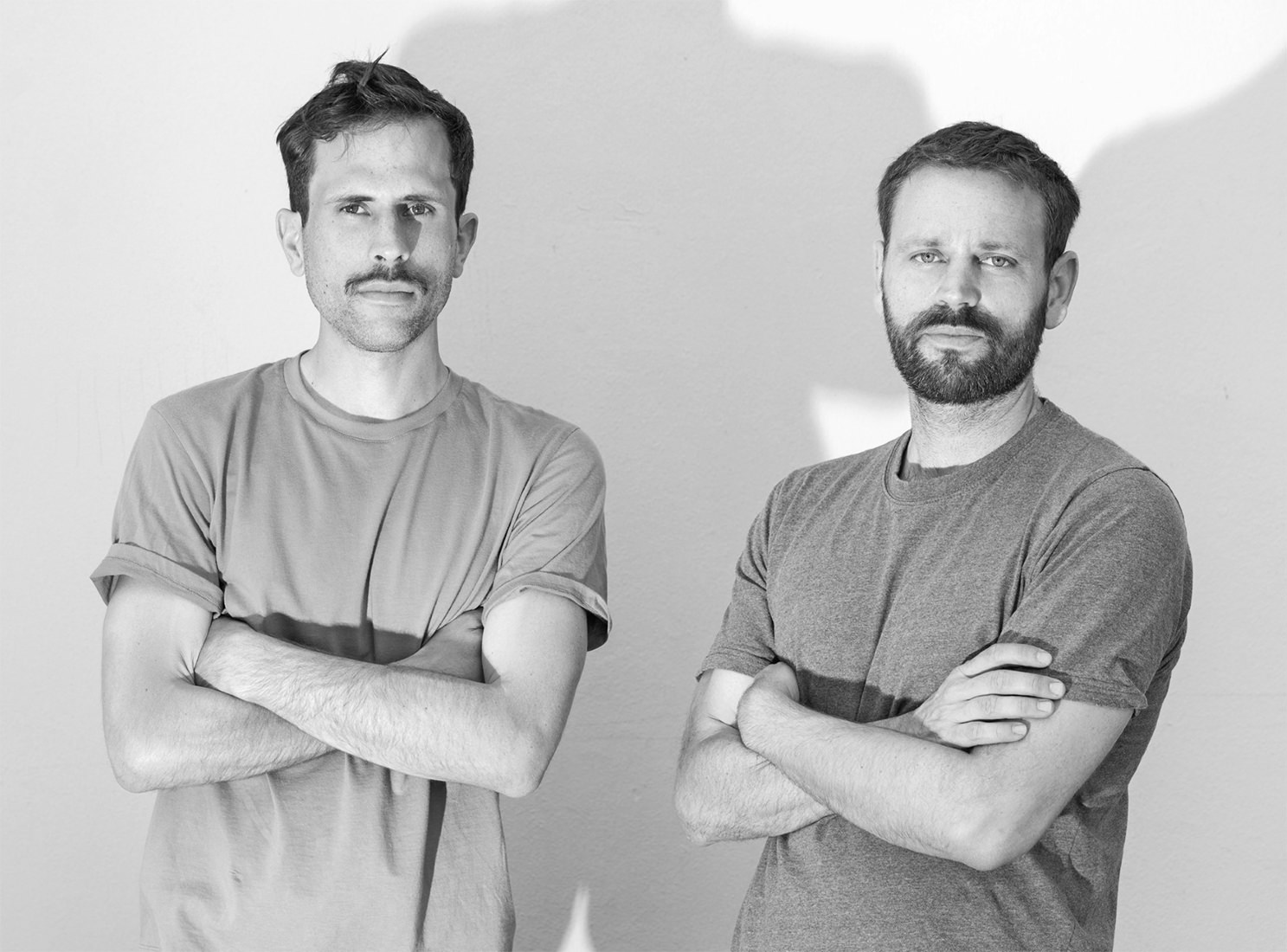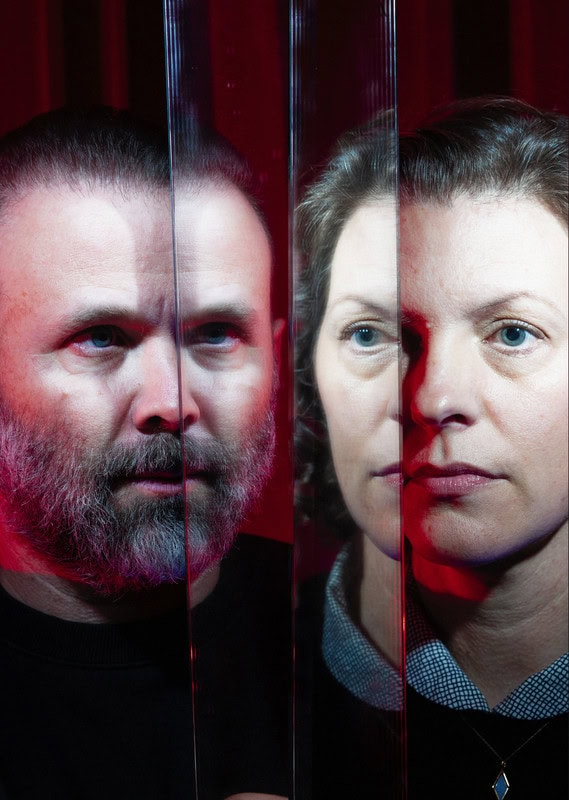You can also get to know more about Hahn+Hartung on Instagram from Wednesday, March 13, 2024. For five days, the two will take over the laif account and report on their work there.

You can also get to know more about Hahn+Hartung on Instagram from Wednesday, March 13, 2024. For five days, the two will take over the laif account and report on their work there.
Katja Kemnitz interviewed them in the run-up to the event:


We decided to work together towards the end of our studies when we were both pursuing the same topic idea in a course at Darmstadt University of Applied Sciences. At the same time, we developed a friendship. Since then, we have done more and more freelance work together over the following years and at some point also positioned ourselves together for commissioned work.
Our friendship forms the foundation of our collaboration, which goes beyond mere expediency. For us, it soon no longer mattered who had which ideas or who took which photo. The decisive factor was always the result. You have to be able to put your ego on the back burner when you work in a collective.
However, due to the fluctuating order situation and pay in our industry, we also do some jobs on our own.


When it comes to assignments, there are many advantages to doing the planning, research and preparatory work together. When we work with light, for example, we are both photographers and assistants in equal measure.
In more difficult situations, mutual emotional support is very important to us. Sometimes you get to a point where you don’t dare to continue. Sometimes you question everything out of uncertainty and get stuck. Then it’s helpful to talk to someone about it. We can motivate and push each other in such situations.
But we also have jobs where it’s an advantage that we can split up. We photographed a story for Stern Crime in which the portraits of the protagonists had to be taken at different locations at the same time for scheduling reasons. The fact that we know each other so well and coordinate with each other meant that we were still able to offer a story that looked like it came from a single source.


We have never wanted to limit ourselves to one main theme. We primarily use photography to observe people, topics or phenomena in our society, to immerse ourselves in other worlds and to show our subjective view of them. There are too many different topics that arouse our interest.
The way in which we find such topics is just as diverse. It can be through the consumption of news, documentaries, films or books. Sometimes we also find topics through hearsay, which we then research.
We founded the Kollektiv »Apparat« with other photographers and artists in 2017. We were told about the phenomenon when we were planning a joint exhibition at the Brandenburg State Museum of Modern Art. We found the topic so interesting that we worked on it both photographically and on film for this exhibition.



The phenomenon is bizarre. It’s not always easy to be neutral towards people with opposing political opinions. However, I think it is our responsibility as photographers to treat all protagonists with respect. We are convinced that you can make a statement without showing anyone up. It is also the quality of good work to treat topics in a differentiated way.
We are currently working on some freelance projects. We traveled to Asia last year and photographed a reportage about the Mekong. It’s about the cultural significance of the river, but also the crises that threaten it and the people who live there. Last year, we also carried out a project on domestic violence in Romania and Moldova.
At the moment we are concentrating on our applied photography. We always try to balance these two aspects of our work.